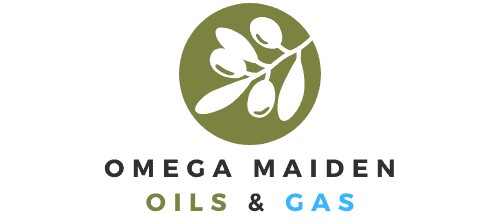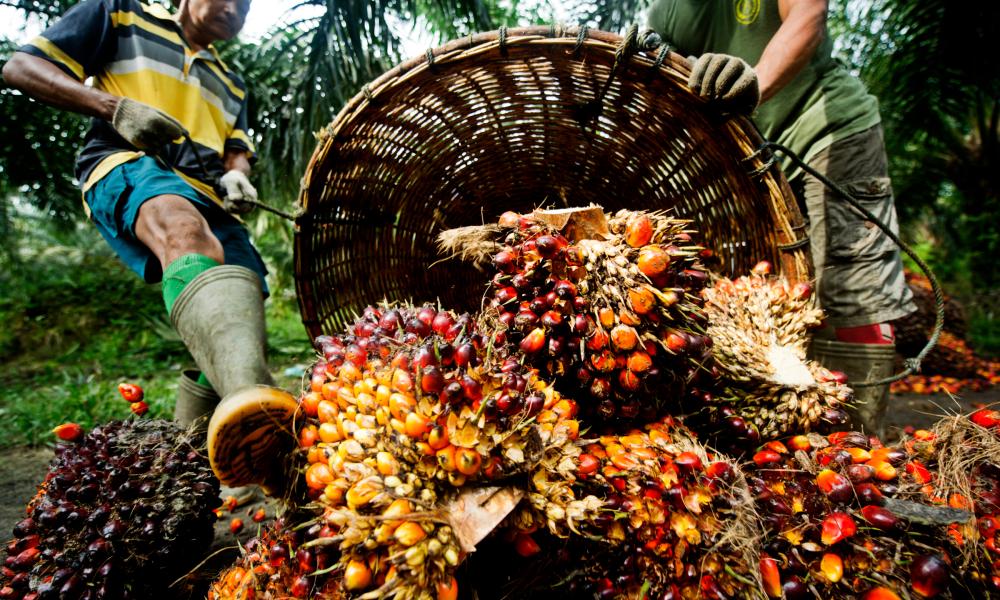In southeast Asia, palm oil is harvested from the fruit of oil palm trees. The process begins by cutting down the trees and stripping them of their leaves. Next, the tree trunk is cut into pieces and the fruits are removed by hand or with a machine.
The fruits are then crushed to extract the palm oil, which is then refined and sold for use in a variety of products.
The harvesting of palm oil has come under scrutiny in recent years due to its impact on the environment. In particular, the clearing of large areas of forest for palm plantations has led to habitat loss and deforestation, as well as greenhouse gas emissions.
Additionally, the use of pesticides and herbicides in palm oil production can pollute waterways and harm local wildlife. As a result, many consumers are now seeking out sustainable alternatives to palm oil.
Palm oil is one of the most popular oils in the world, used in everything from cooking to cosmetics. It’s also a major source of income for many countries in Southeast Asia. But how is palm oil harvested?
The process begins with the fruit of the palm tree. The fruit is gathered by hand and then brought to a collection point, where it’s cleaned and weighed. From there, it’s transported to a mill, where it’s crushed and the oil extracted.
The oil is then purified and sometimes refined before being sold on the open market. The entire process can take several weeks, but it’s an efficient way to harvest this valuable resource.
How is Palm Oil Grown And Harvested
Palm oil is an edible vegetable oil that comes from the fruit of palm trees. It’s used in a variety of products, including cooking oil, cosmetics, and biofuels. Palm oil is grown in tropical countries like Indonesia and Malaysia.
The palm fruit grows on the tree’s trunk and can weigh up to 25 kg when ripe. To harvest the palm fruits, workers climb up ladders or use mechanical lifts to access the uppermost parts of the tree. The ripe fruits are then cut down with knives and collected in sacks or baskets.
The harvested fruits are brought to a mill where they’re crushed and pressed to extract the palm oil. This crude palm oil is then refined to create different grades of palm oil for different uses.
Palm oil production has come under scrutiny in recent years due to its impact on deforestation and wildlife habitat loss.

Credit: www.3blmedia.com
How Does Palm Oil Get Extracted?
Palm oil is extracted from the flesh of the fruit of the palm tree. The palm fruit is a drupe, meaning it has a hard outer shell that encloses the flesh and a seed. To extract the oil, the fleshy part of the fruit is crushed and then pressed.
The resulting mixture of oil and water is then separated, with the oil being collected and used for various purposes.
The main use for palm oil is in food production, as it is a major component in many processed foods such as margarine, peanut butter, and chocolate. Palm oil is also used in cosmetics, cleaning products, biofuels, and even soap.
With such a wide range of uses, it’s no wonder that palm oil has become one of the most traded commodities in the world.
Despite its widespread use, there is growing concern over the environmental impact of palm oil production. Large-scale plantations have led to deforestation in countries like Indonesia and Malaysia, where most palm trees are grown.
This has had devastating effects on local ecosystems as well as contributing to climate change. There are also concerns over social issues such as child labor and human rights abuses on plantations.
As awareness of these issues grows, more companies are taking steps to source sustainable palm oil.
This means ensuring that it comes from certified growers who follow best practices for conservation and social responsibility.
Why is Harvesting Palm Oil Bad for the Environment?
Harvesting palm oil is bad for the environment because it contributes to deforestation, habitat loss, and climate change. Palm oil is a vegetable oil that comes from the fruit of the African Oil Palm tree. It is used in a variety of products including food, cosmetics, and cleaning products.
The demand for palm oil has increased in recent years due to its low cost and versatility. This has led to an expansion of palm oil plantations, which have resulted in deforestation and habitat loss in tropical countries like Indonesia and Malaysia. In addition to its negative impact on the environment, palm oil production also results in human rights abuses and child labor.
Finally, palm oil cultivation emits large amounts of greenhouse gases, which contribute to climate change.
Where Do You Harvest Palm Oil?
Palm oil is harvested from the fruit of the Elaeis guineensis tree, which is native to Africa. The tree grows best in tropical climates and can reach a height of 20-30 meters (65-100 feet). Each tree bears around 20-30 kilograms (45-70 pounds) of fruit per year.
The palm fruit is oval-shaped and contains a large seed inside. The fleshy part of the fruit is used to produce palm oil, while the seed is used to produce palm kernel oil. Palm oil has a reddish color and an earthy flavor.
It is popular in many African countries as well as in Indonesia, Malaysia, and Brazil.
Palm oil is used in cooking, cosmetics, and biofuels. It is also becoming increasingly popular as an alternative to other vegetable oils such as soybean oil or coconut oil.
In 2018, global production of palm oil was estimated at 85 million metric tons. Indonesia and Malaysia are the leading producers of palm oil, accounting for 85% of total production.
Is Palm Oil Easy to Harvest?
No, palm oil is not easy to harvest. The process is quite labor intensive and involves climbing up tall palm trees to collect the fruit. Once the fruit has been collected, it then needs to be transported back down to the ground where it can be processed.
Amazing Oil Palm Fruit Harvesting Machine – Palm Oil Processing in Factory – Palm Oil Production
Conclusion
Most of the world’s palm oil is produced in Malaysia and Indonesia on large plantations. Fruit from the trees is harvested by hand and then transported to a mill for processing.
The first step in processing palm oil is to remove the fruit from the tree.
This is typically done by workers who climb the trees and cut the fruit bunches down with a machete. The fruit bunches are then brought to a collection point, where they are weighed and loaded onto trucks for transport to the mill.
At the mill, the fruit bunches are first crushed to release the palm fruits.
The fruits are then boiled so that their outer shells can be removed. The resulting product is a mixture of oil, water, and solids known as “crude palm oil”.
This crude palm oil is then subjected to further processing to refine it and remove impurities.
The end result is a product that can be used in a variety of applications, including as an ingredient in cooking oil, cosmetics, biofuels, and more.

